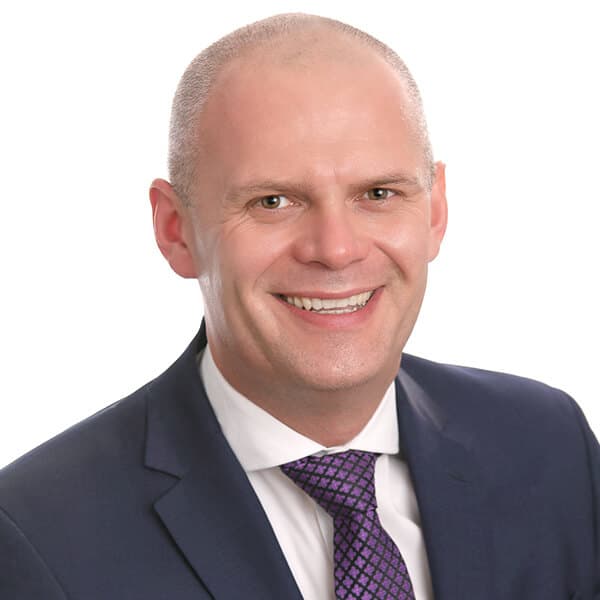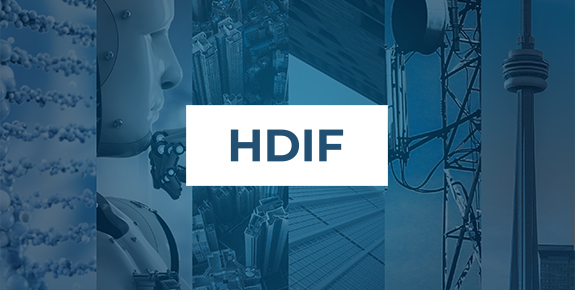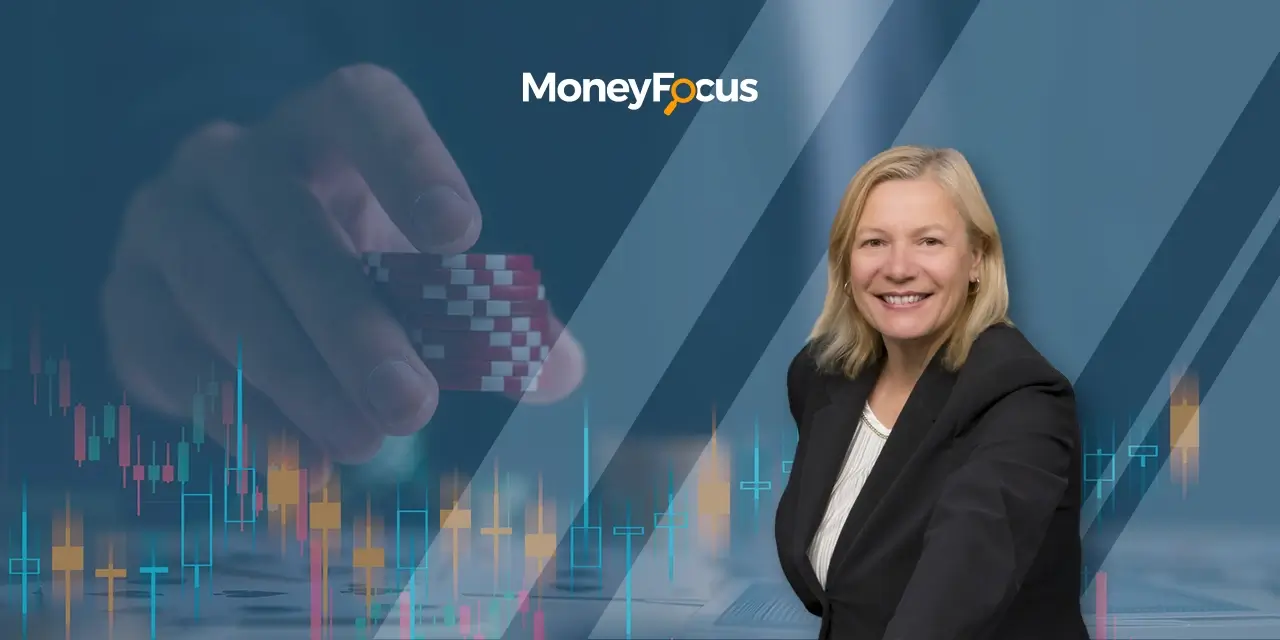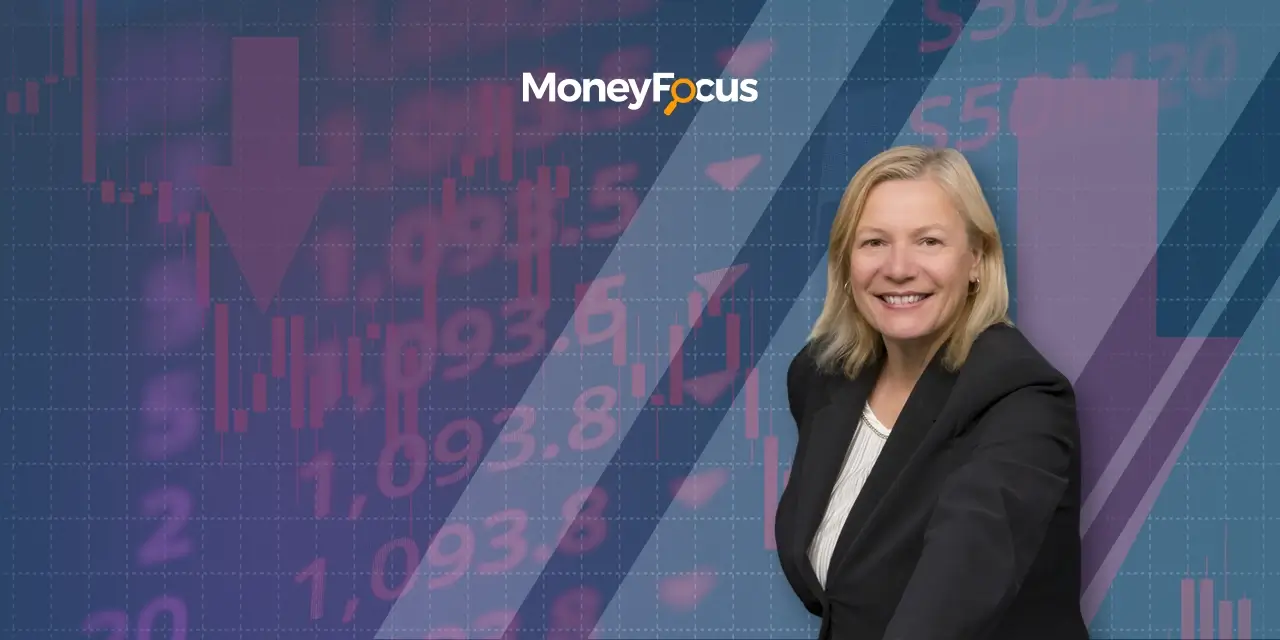By David Wysocki
Anyone invested in ETFs or stocks over the past few years will tell you that it’s hard to predict equity markets. While the history of stock markets is a history of long-term, broad-based growth, in the shorter-term market movements are harder to predict. Factors as diverse as economic data, company and sector performance, geopolitics, and government intervention can shift market sentiment in one of two broad directions: risk on or risk off.
“Risk on” typically means that investors have a greater appetite for risk. They expect that equity markets are likely to grow and invest in sectors that tend to have greater growth prospects, albeit sometimes with higher risk ratings.
“Risk off” is the opposite. Investors in these markets are wary of risky investments and prefer sectors and companies with stable businesses, visibility into earnings, and consistent records of return.
While we cannot predict when sentiment might shift between risk on and risk off at any given time, at Harvest ETFs we believe that two sectors are well suited to each market environment. In a risk on situation, we think the technology sector can help contribute to excess positive returns. During risk off periods, we see healthcare as a source of stability and upside opportunity. Moreover, we believe that among the leading companies of each sector we can find elements well suited to any market environment.
Why the tech sector can work when risk appetite grows
The tech sector has been a market growth leader for over a decade. That means its returns have consistently been among the highest of all the defined market sectors year after year. The example of the MSCI World Information Technology Index shows that the sector has often delivered double digit growth numbers in past years, with 2022 being an obvious exception.
Tech has occupied this growth space because companies in the sector are known to be innovators. As the name of the sector implies, they develop new technologies and find ways to deliver value from those technologies. That could include a company like Apple building a new tech device, a company like Microsoft developing new operating systems, or a company like Nvidia building a new semiconductor. It can also include some of the less well-known areas of the technology sector, like IT consulting services provided by firms like Accenture, or cybersecurity tools built by companies like Fortinet.
The Harvest Tech Achievers Growth & Income ETF (HTA:TSX) holds a diversified portfolio of 20 large-cap technology companies. It gives Canadian investors access to a diverse array of tech drivers, while aggregating the sector’s growth potential due to innovation.
Innovations come with the potential for huge value generation, industry disruption, and the chance of market returns. However, if innovations fail or companies struggle to turn their innovation into long-term value then those companies’ stocks can suffer.
The factors that influence a risk on sentiment, such as lower interest rates or stronger economic growth can also benefit the technology sector. Lower interest rates mean companies can raise capital more easily, which can be invested in the next round of innovations. There are also potential benefits to how markets value the company in lower interest rate environments. A stronger economy is tied to greater consumption from businesses and individuals, who buy from these tech companies.
So, when investors see the right economic environment for a risk on sentiment, many will flock to the technology sector, driving valuations higher for tech companies. But, when economic conditions shift and sentiment changes from risk on to risk off, the tech sector can experience some losses, as we saw in 2022. It’s in those moments when we see another sector demonstrate its leadership qualities: healthcare.

How Healthcare can offer returns & protection in risk-averse markets
The Healthcare sector’s growth drivers are often called “non-cyclical,” which means that demand for healthcare businesses and services are less tied to economic cycles. Demographic trends, rather than short-term economic forces, tend to drive their performance. As populations age globally, they spend more on healthcare. As countries get richer, they spend more on healthcare. When the economy takes a downturn, individuals are less likely to cut spending on their healthcare than on other expenses.
Put simply, if money is tight you might forego buying a new computer or car, but you’ll still pay for your prescription drugs.
Looking at the MSCI ACWI Health Care Index over time we can see a generally steady growth trajectory compared to the more volatile growth in the technology sector. Rather than rapid rises with more frequent large drops, healthcare has offered relative stability.
Companies in the US healthcare sector are also some of the largest in the world. Pharmaceutical giants, care providers, medtech developers, and biotech firms tend to have large market share and global reach, with barriers to competition set by capital requirements and regulation.
The Harvest Healthcare Leaders Income ETF (HHL:TSX) holds a portfolio of 20 large-cap healthcare firms with non-cyclical growth drivers and exposure to different trends within this massive industry.
When market sentiment shifts to risk off, companies in the healthcare sector offer a combination of scale and non-cyclical growth drivers that can attract more wary investors.
How the HHL & HTA ETFs complement one another
Broadly speaking, healthcare can offer upside potential in a risk off environment, while technology’s growth prospects are greatest during periods of risk on sentiment. We at Harvest ETFs believe that the two sectors, captured by HTA and HHL respectively, can complement one another within a balanced & diversified portfolio. We believe that because while HTA can capture upside during risk-on periods, and HHL is more positively exposed to risk off sentiment, the two ETFs also share similar traits.
Healthcare companies, for example, are also innovators and can capture growth tailwinds thanks to advancements in pharmaceutical drugs, treatments, medical technologies, and even the integration of information technology solutions like artificial intelligence. Similarly, many of the medical devices that are being developed are very innovative and technological advancements have made them possible, such as robotic assisted surgical devices.
Many tech companies, too, have become more established and consistent in their growth trajectories. This is especially true among the largest tech companies, where the globally diversified businesses of companies like Microsoft can weather short-term periods of risk off sentiment.
By focusing on the leaders of their respective sectors, and diversifying across subsectors and styles, the HHL and HTA ETFs are both set up for long-term growth prospects. HTA can capture the tech industry’s positive tailwinds when markets shift risk on, but also maintain some performance in a risk off environment thanks to its focus on large-cap companies. HHL’s holdings generally do well when risk off sentiment appears, but the exposure to innovation within that ETF can set it up to capture growth tailwinds in a risk on environment too.

David Wysocki
David Wysocki is the VP of National Sales at Harvest ETFs. He is a seasoned sales executive who began his career as a financial advisor before taking on a sales role to develop the ETF market for a leading Canadian financial institution. David now leads a large team of sales professionals across Canada. He has a deep knowledge of Harvest products and the broader market and regularly presents ETF insights and macro commentaries to Canadian financial advisors.













